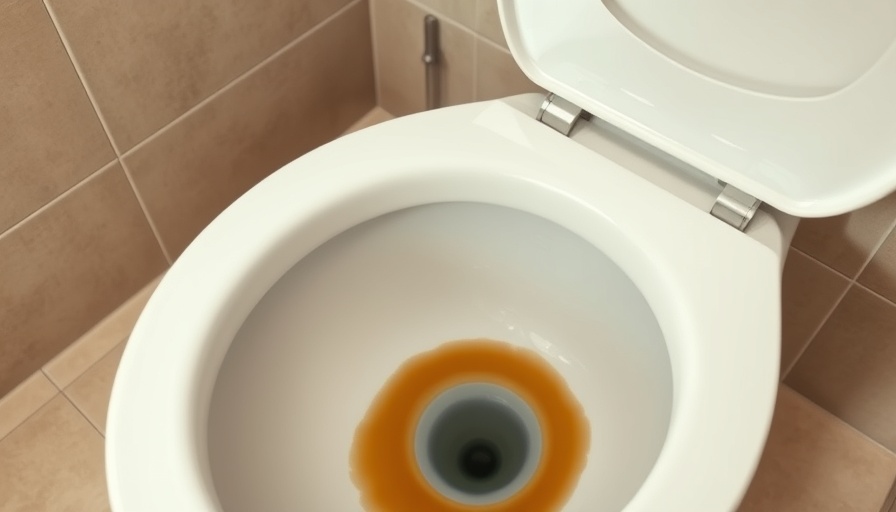
Understanding Berber Carpet Costs: 2025 Guide for Homeowners
As the demand for sustainable and attractive flooring alternatives increases, homeowners are turning to Berber carpets, known for their durability, versatility, and comfort. But the question looming over many renovation projects is: what should one budget for? Here we will explore the costs associated with installing Berber carpet in 2025, covering everything from material prices to installation expenses and maintenance tips.
Determining Your Cost: Key Factors
The cost of installing Berber carpet can significantly vary based on a multitude of factors including quality, material, style, and labor expenses. On average, the installation cost of Berber carpet ranges from $4 to $12 per square foot, making it essential to consider all these variables when making a decision.
Materials are a primary cost driver; synthetic Berber carpets typically range from $0.50 to $10 per square foot, while premium wool options can climb to $5 to $23 per square foot. It’s essential for homeowners to weigh the value of durability and aesthetics against their budget when choosing material types.
Installation Costs Breakdown
When total costs are considered, homeowners should expect to spend around $1600 for an average-sized room, with high-end installations reaching up to $5200 or more. The labor cost can add an additional $1 to $3 per square foot, depending on the complexity of the installation and local market rates.
In comparison to other flooring options, Berber carpets offer a reasonable price point while providing aesthetic flexibility. The average cost to install Berber carpet in terms of square footage provides an indication of the overall investment required. For example, a standard 10x15 room could cost between $300 to $1,350 for a complete replacement, depending on the material chosen.
Styles and Design Considerations
Berber carpets come in a variety of styles—each offering its own unique benefits. From simple loop designs which balance comfort and style, to patterned loops that enhance visual interest, the options are abundant:
- Simple Loop: Randomly placed loops in the fiber, generally pricing from $3 to $13 per square foot.
- Patterned Loop: Features repeating patterns, costing between $3 to $15 per square foot.
- Cut and Loop: A textured option that combines cut and looped yarns, priced around $7.50 to $21.50.
- Cut Pile: Ideal for a plush feel, with prices ranging from $5 to $18.
With these choices, homeowners can create a carpet that not only complements their decor but also suits their familial and lifestyle requirements.
Understanding the Material Cost Breakdown
The type of material opted for has a pronounced effect on the overall cost. Wool and synthetic blends are prime choices, each with its own advantages, including varying levels of comfort, durability, and maintenance:
- Synthetic Fibers: Typically range from $1 to $5 per square foot, offering practicality and affordability.
- Wool Berber: Known for comfort and warmth, costs range from $5 to $8 per square foot but may require professional cleaning services.
- Triexta: A newer option known for durability at costs between $3 to $5 per square foot.
Selection here can depend largely on use-case scenarios—families with pets may favor synthetic options for easier cleaning, while those focused on comfort may lean towards wool.
Maintenance Tips to Extend Carpet Life
To maximize the lifespan of your Berber carpet, consider investing a little time in maintenance. Here are some strategies to keep your carpet looking vibrant and well-kept:
- Regular Vacuuming: Vacuum at least once a week to eliminate dust and dirt.
- Immediate Stain Treatment: Address spills immediately to prevent stains from setting.
- Professional Cleaning: Schedule professional deep cleanings every 12-18 months, particularly for wool carpets.
- Protective Measures: Use mats in high-traffic areas and keep pet nails trimmed to avoid snags.
With these insights, homeowners are not just left with clearer expectations regarding budget and installation but are also equipped to make informed decisions about maintenance and material types.
Conclusion: Making the Right Choice for Your Home
Investing in Berber carpet can enhance your home while providing functionality and elegance. As you move forward with your renovation projects, consider reaching out to professional installers for quotes tailored to your specific needs and space. A well-planned carpet choice will not only beautify your home but also ensure you get a long-lasting return on your investment.
For more personalized guidance, or to connect with contractors in your area, don’t hesitate to seek out professional assistance and make your flooring dreams a reality.
 Add Row
Add Row  Add
Add 




Write A Comment